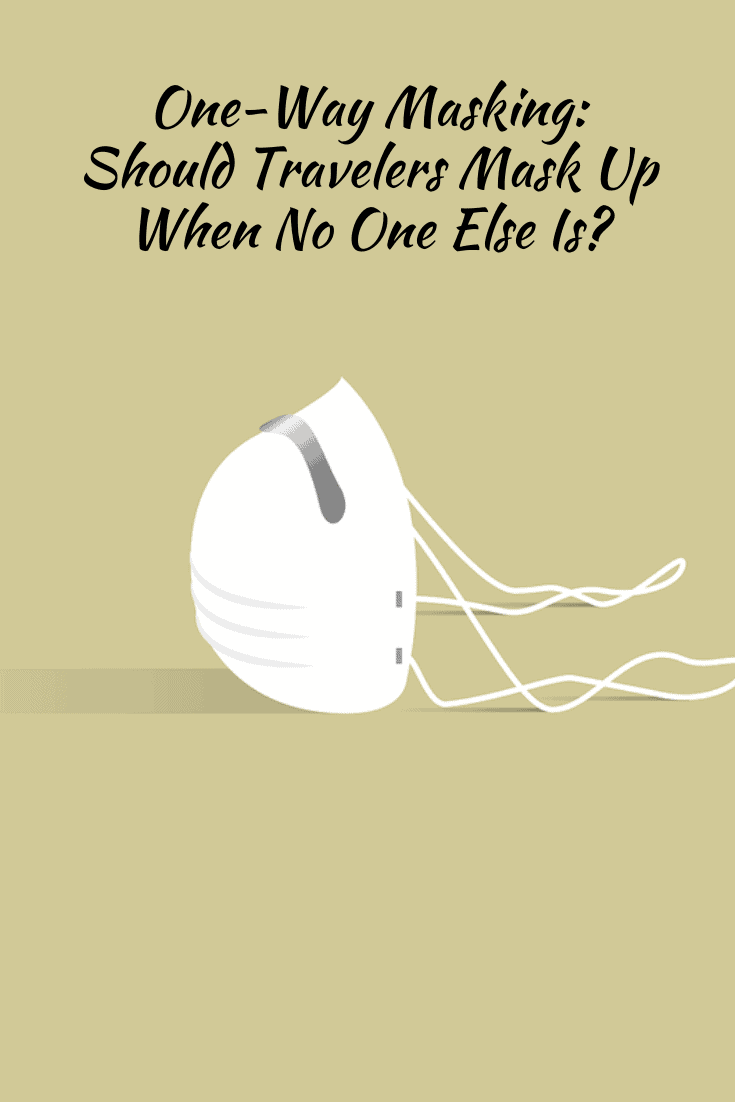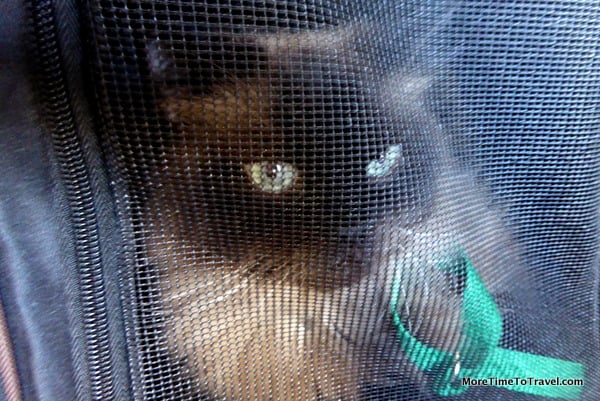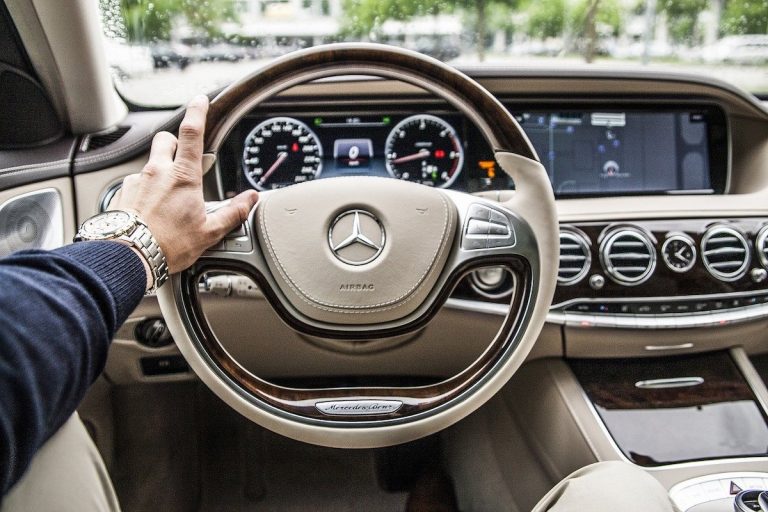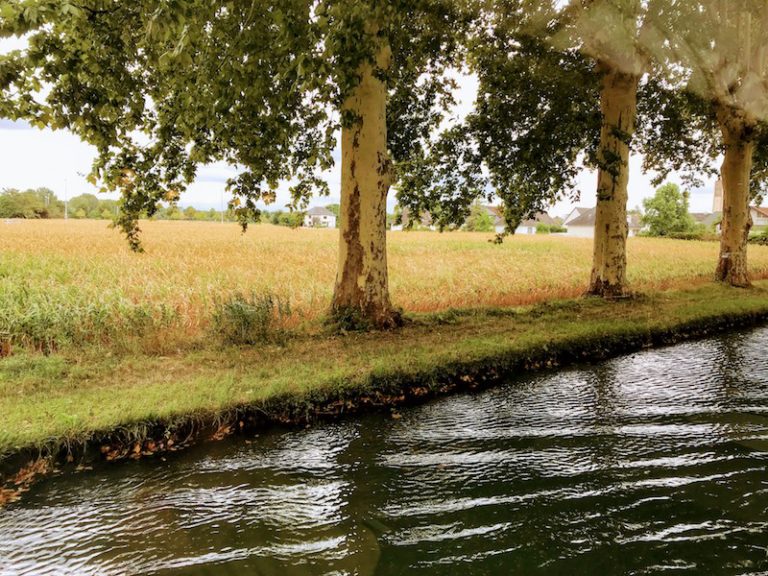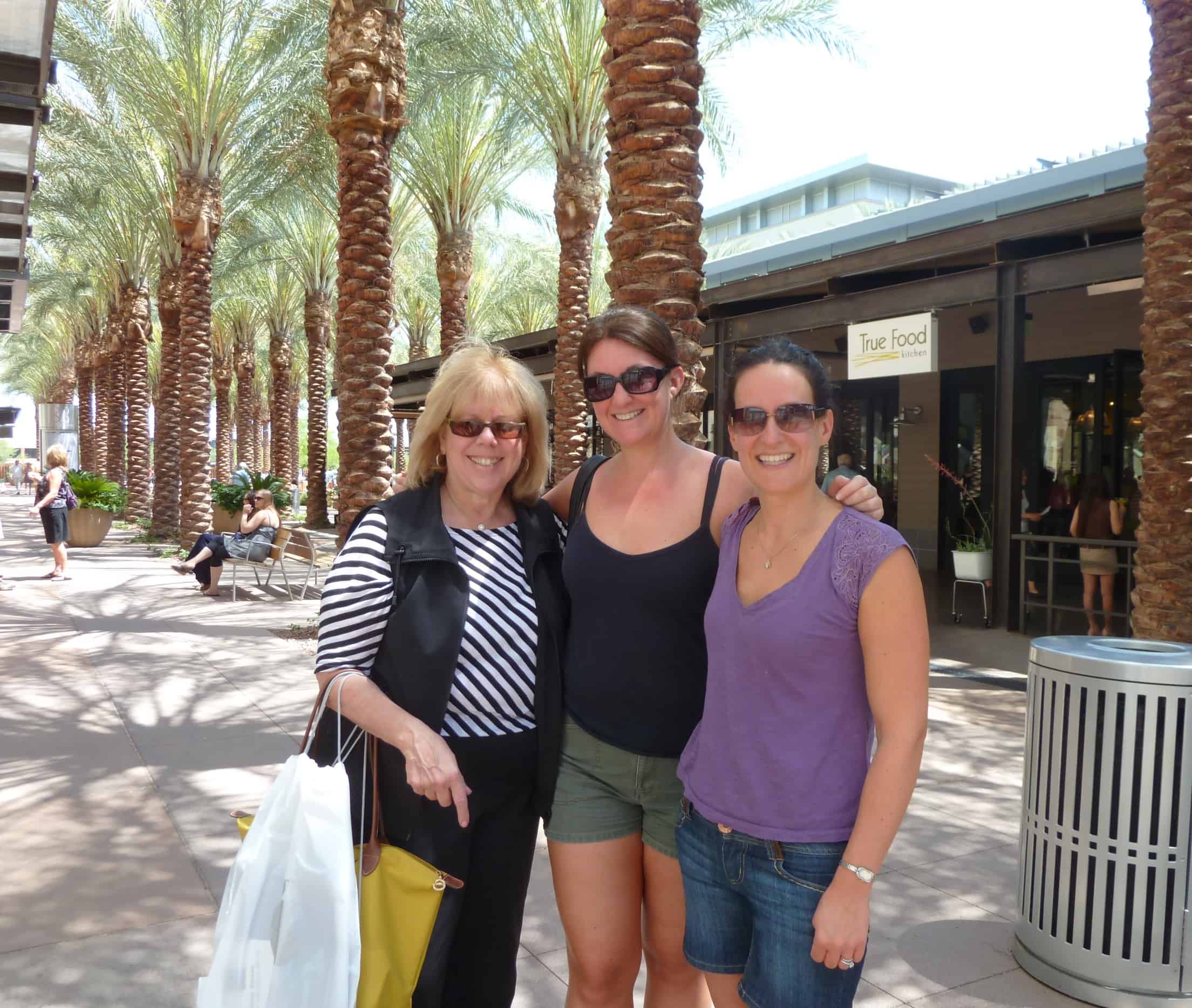One-Way Masking for Travelers: When No One Else Is Masking
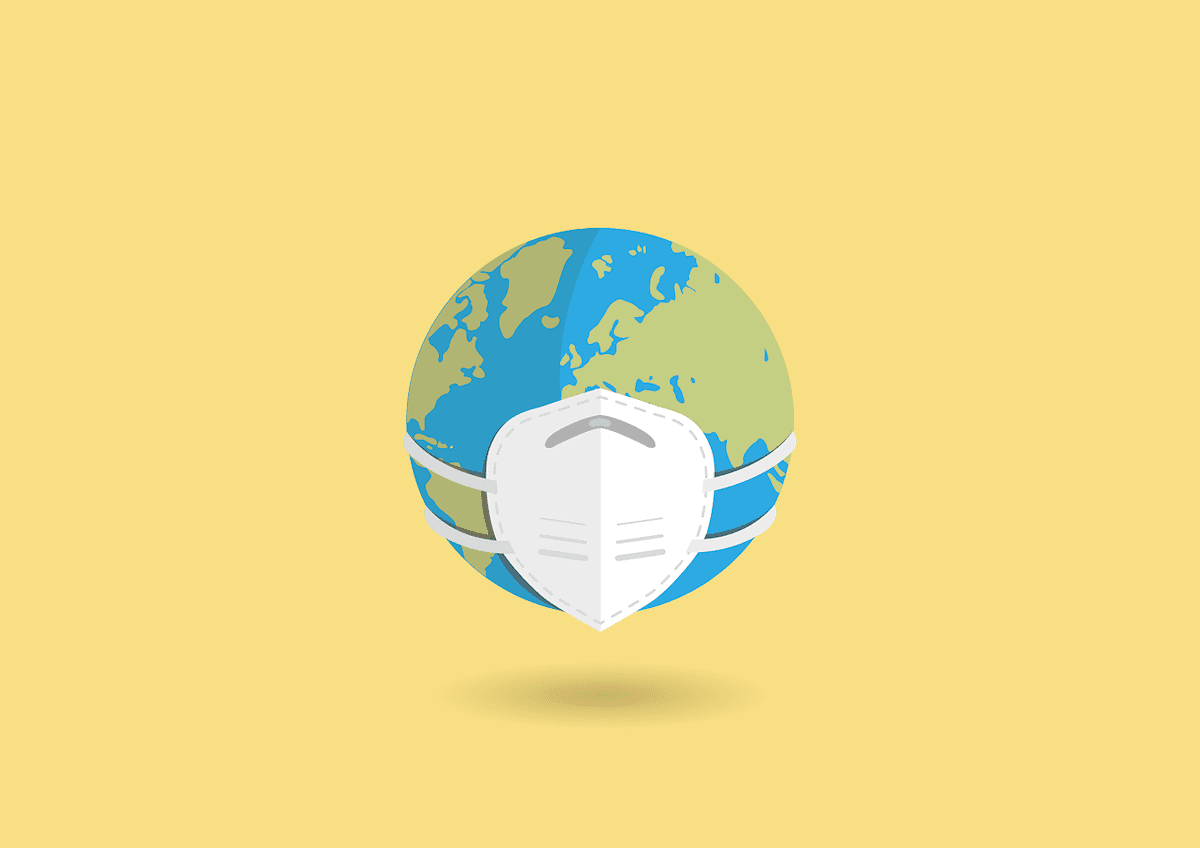
You might be wondering about one-way masking. Should you still be wearing a mask on your next trip when no one else is masking?
The decision to wear a face mask (or not) when traveling is largely up to you. The pandemic isn’t over but mask mandates are falling by the wayside across the globe as COVID-19 infection rates are dropping with more vaccines in arms. Many people have already given up the idea of masking close to home or at their travel destinations.
One consequence of the rapid disappearance of governmental mask mandates: Each traveler needs to think through their own approach to masking, one that feels “right” for them.
Here are 9 questions to ask yourself to help you create your own personal mask policy.
To Mask or Not To Mask: 9 Questions To Help You Decide
1- Where am I going?
Location, location, location. The prevalence of COVID-19 varies from place to place. Infection rates are also so fluid that they may change between the time you plan your trip and the time you take it.
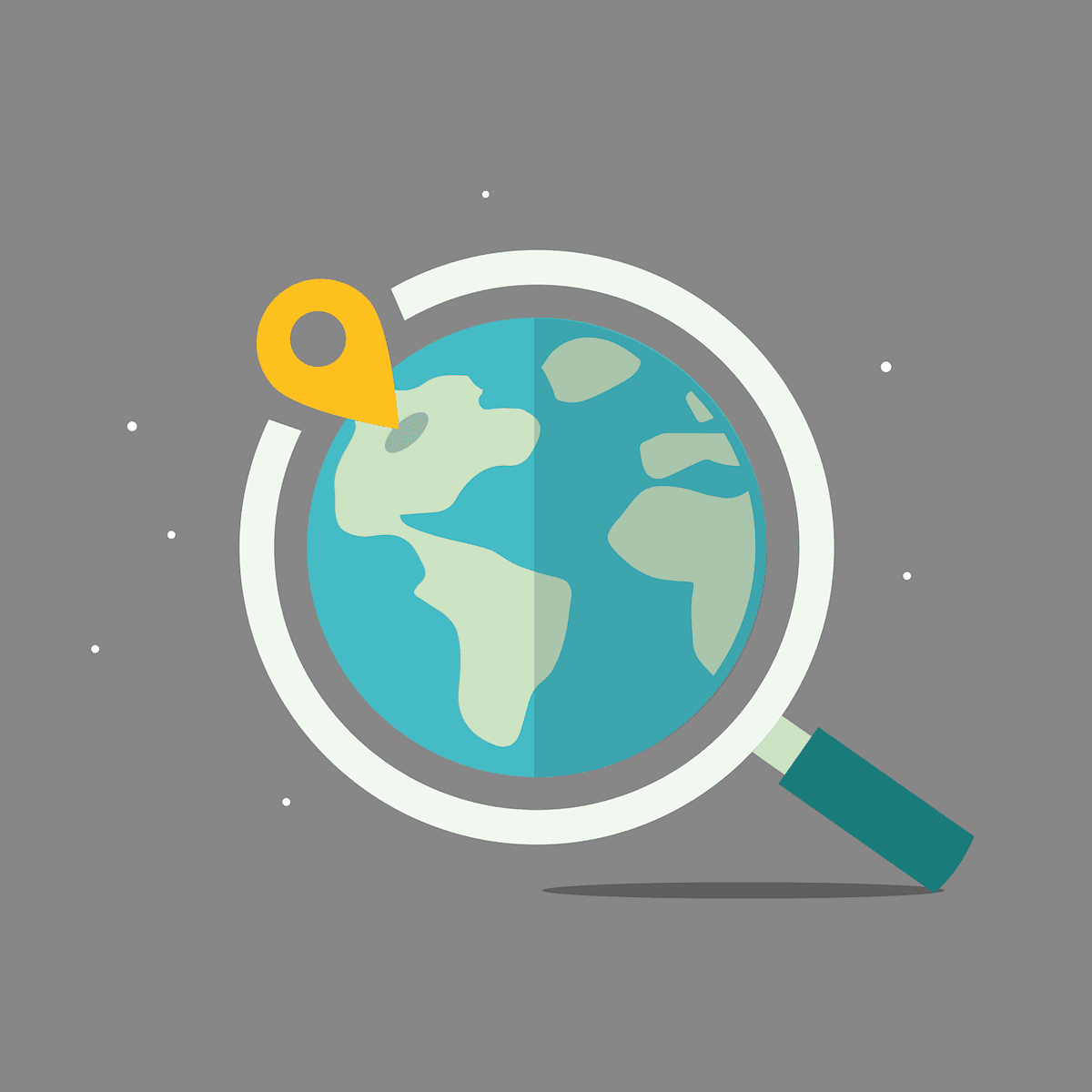
Of course, traveling to places where the prevalence of the infection is higher tends to be riskier and might make you more inclined to mask up,
If you are traveling domestically, within the U.S., the Centers for Disease Control (CDC) Data Tracker lists transmission rates by state, territory, and jurisdiction. The overall community transmission rate across the U.S. is still high (the highest of three levels) with 30 states/territories/jurisdictions currently at this “red” level.
In places where the community transmission rate* is high, the CDC suggests that people wear a mask indoors when they’re in public settings. (*This rate is based on an assessment of hospital beds being used by patients with COVID-19, new COVID-19 hospital admissions, and the total number of new cases diagnosed.)
For those planning to travel internationally, The New York Times Corona Virus World Map provides weekly updates on cases, deaths, and vaccination rates. The U.S. Department of State website also provides country-specific information on COVID-19, including travel alerts, restrictions, and entry requirements.
2- How will I get there?
Your mode of transportation also has bearing on your risk. Masking is currently required by the U.S. Transportation Security Administration (TSA) for anyone traveling on an airplane, train, and all other forms of public transportation (e.g. ferries, subways, taxis, buses, etc.). Even ride-sharing companies like Uber and Lyft require that both their drivers and riders mask up.
The TSA mask mandate also applies to airports, and train and bus stations in the U.S.
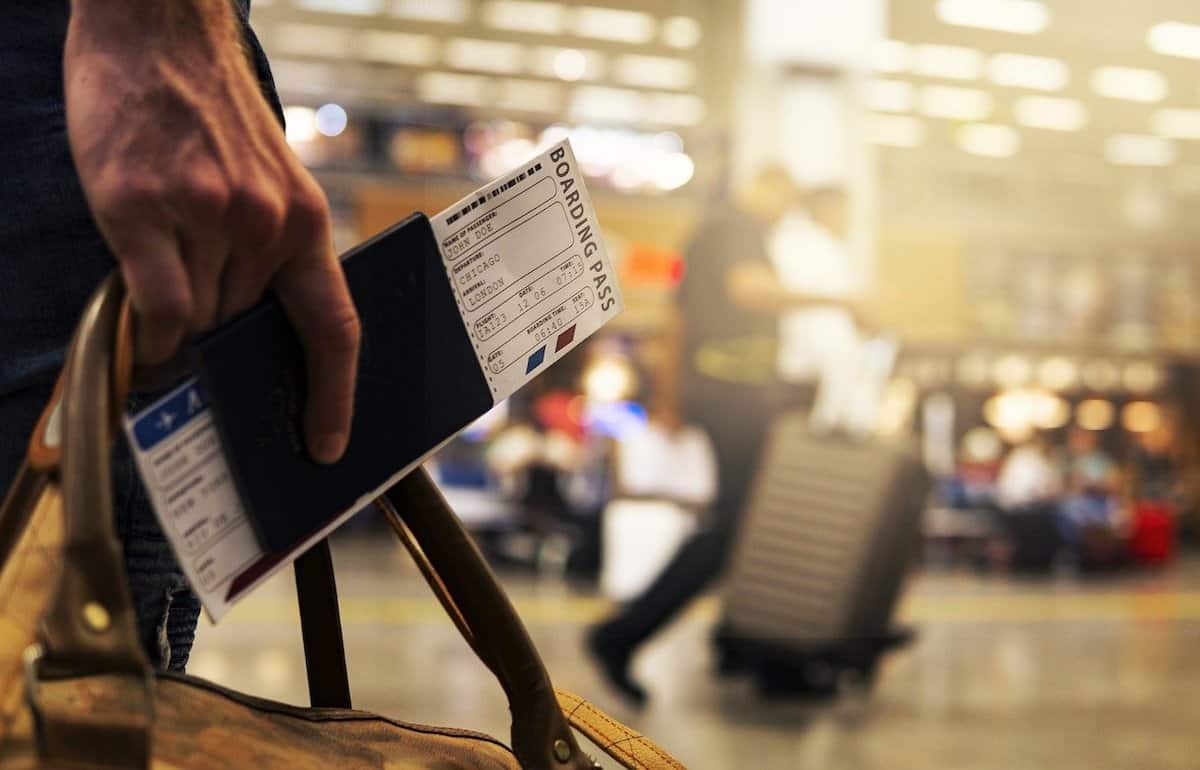
However, policies are in flux, both domestically and internationally. For example, masking requirements on public transport were recently dropped in England, Northern Ireland, Scotland, and Wales. Earlier this week, Hawaii became the last state to drop its universal masking requirement.
On March 10, 2022, the TSA extended the airline mask mandate until April 18th (which had been due to expire on March 18th). Trade groups, such as the U.S. Travel Association and American Hotel and Lodging Association, had asked to have it dropped but the Association of Flight Attendants has been a strong proponent of mandatory masking to keep passengers and airline personnel safe.
UK economy airline Jet2.com was the first airline to abandon mandatory masking and experts suggest that others are likely to follow.
To determine whether or not to mask, someone needs to guesstimate the density of the transportation experience and the adequacy of ventilation, among other factors.
3- What types of venues will I be visiting?
While many museums and attractions still have timed entries and spacing policies, others have dropped them. For example, face coverings at Walt Disney World in Orlando are now optional for fully vaccinated guests in both indoor and outdoor locations. However, they are still required for all guests over the age of 2 on enclosed Disney transportation, including buses, monorails, and the Disney Skyliner.
Because policies are fluid, it is always prudent to check the website of the venue close to the time of your visit to find out what policies are in effect.
During times when you are in crowded, indoor venues or waiting in queues where you will be close to other people, it’s prudent to don a mask. You might even consider masking up if you are attending an outdoor concert or sporting event where you’ll be in close contact with one or more individuals over a prolonged period of time.
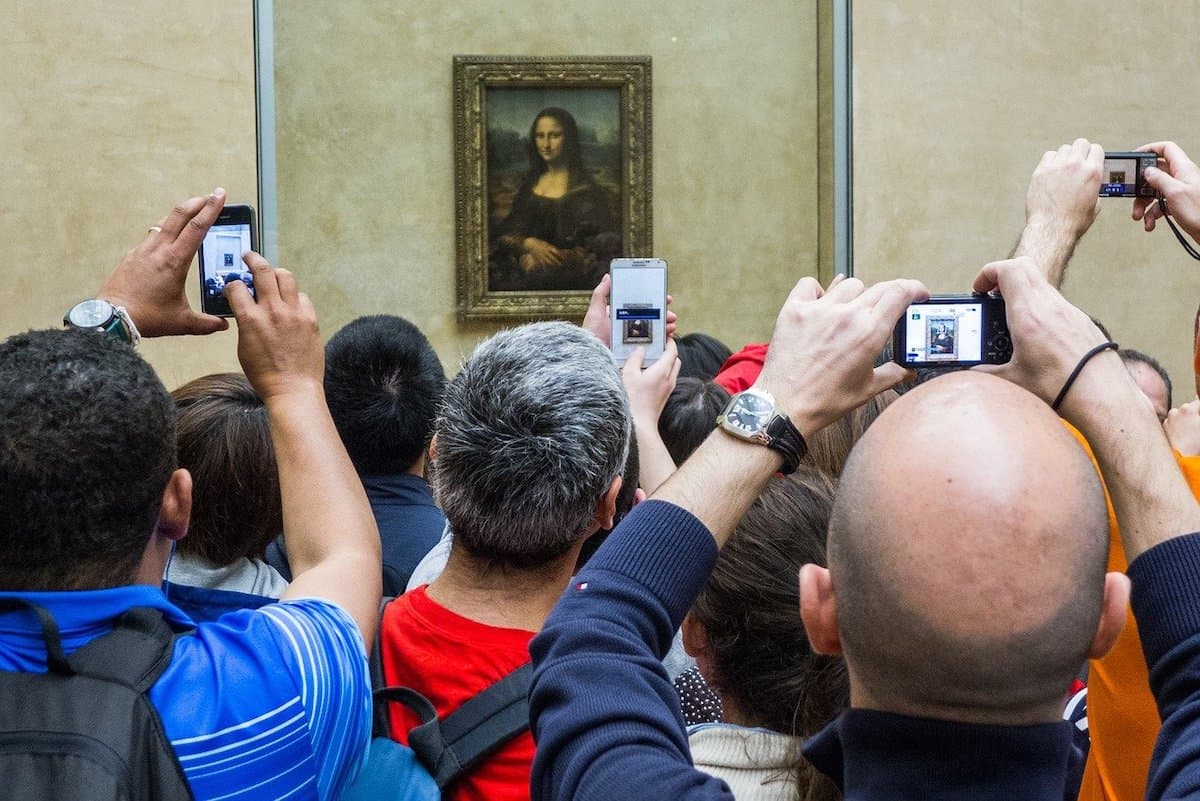
4- How great is my personal risk?
Even if fully vaccinated, certain individual factors place some people at greater risk than others. These include:
- Being over the age of 50;
- Having an underlying health condition or disease that might compromise immunity, or being pregnant; and,
- Of course, not being fully vaccinated.
According to the CDC, the risk of severe illness from COVID-19 increases for people in their 50s and then increases for those in their 60s, 70s, and 80s, with people over the age of 85 the most likely to get very sick.
Even among the vaccinated, the CDC reported that over 75% of COVID-related deaths occurred in people with at least four medical risk factors..
5- How concerned am I about protecting the health of others?
When people travel, they often travel with companions but they also come in contact with other travelers and locals who may not be fully vaccinated or may be at high risk for infection.
In fact, some people are still at significant risk for severe disease or death. For example, if you are traveling with an older grandparent or immunocompromised child, you’ll want to mask up to help protect the people with whom you are traveling. Others opt to keep their masks on as an additional precaution to stop the spread of infection among the general population.
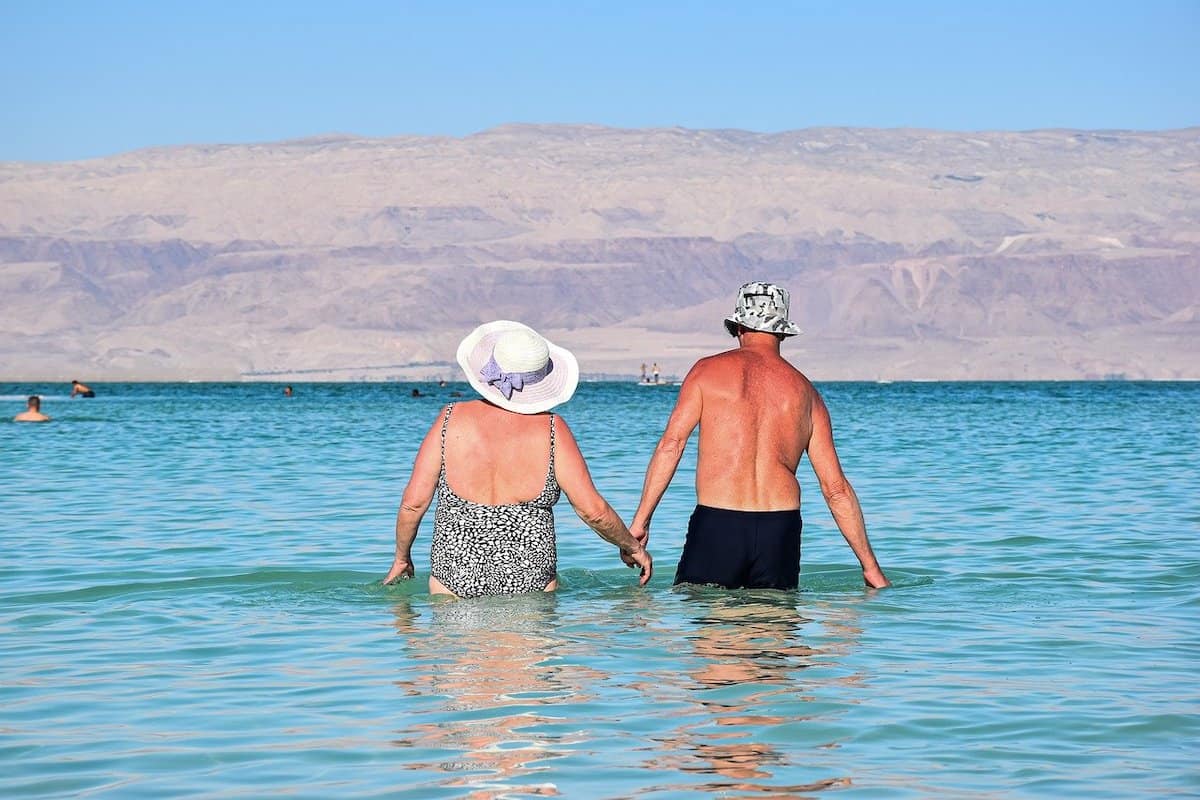
6- How much risk am I able to tolerate?
People differ in terms of how much risk is acceptable to them, ranging from extremely risk-averse people who will take every precaution possible to avoid the virus to those who throw caution to the wind and have declared the pandemic over (even if it isn’t). Most people fall somewhere in-between.
Having worn masks for some time now, it is understandable that many are anxious to stop using them and move past all the precautions or reminders associated with the pandemic. Others see masks as an easy way to reduce risk, one that is only mildly annoying or inconvenient.
7- Are masks really worth wearing?
A number of studies have shown that although not 100% effective, masks work.
A study in Emerging Infectious Diseases (reported 2/22 by JAMA) found that after exposure to an infected individual, an uninfected person’s risk of infection was cut in half if both people were masked. (The publication notes several drawbacks to the research, one of them being that vaccination rates have risen dramatically since the data was collected.)
Another study of mask effectiveness in California (2/22) recently reported by the CDC found that “consistent use of a face mask or respirator in indoor public settings was associated with lower odds of a positive SARS-CoV-2 test result… and use of respirators with higher filtration capacity was associated with the most protection, compared with no mask use.”

The importance of using high-quality, well-fitting respirator masks, such as N95 or KN95 masks, cannot be overemphasized. These masks are far more effective in blocking large respiratory droplets and airborne particles than surgical masks or cloth face coverings.
8- What about one-way masking? Does it work?
Yes, even one-way masking works (wearing a mask even if others around you aren’t is another protective measure travelers can take, said former FDA Commissioner Dr. Scott Gottlieb at a March 3, 2022, virtual event sponsored by Norwegian Cruise Line.
Speaking as head of the Norwegian Cruise Line Holdings SafeSail Council, Gottlieb said that high-quality, one-way masking makes an individual less likely to spread or catch the infection.
“One-way masking provide some protection while traveling as long the masks are worn properly,” says travel medicine physician Kunjana Mavunda, M.D., and lead physician at Miami-based International Travel Clinic.
“I suggest that my patients wear a mask in crowded areas at the airport, such as when going through security, while waiting to board the plane, and on the plane, at least until everyone is seated and settled,” she says.
“Also, they may be beneficial to wear in congested areas where people are being noisy because that’s when their oropharyngeal secretions get aerosolized,” says Dr. Mavunda. “Immunosuppressed and fragile people should wear well-fitting layered masks at all times, at least for now.”

In a lively discussion on NPR’s All Things Considered, when NPR health reporter Will Stone was asked about the effectiveness of one-way masking, he said, “It really depends on things like how crowded it is, how long you spend indoors, the ventilation. One modeling study from Germany found you’d have about a 20% risk of getting infected after an hour. And this is assuming you have on an N95 and you’re near someone who’s unmasked and contagious.”
But Stone emphasized that these are all rough estimates. “The bottom line is a mask can help you but it can’t totally eliminate risk,” he concluded.
9-Am I feeling peer pressure to unmask?
At one point during the pandemic, almost everyone in the streets of large cities was wearing masks. That number has dwindled and mask wearers here and abroad may now find themselves feeling awkward wearing one.
There is also the peril of becoming a target of the culture wars that have divided the nation (and the world). Not only mask mandates—but also mask-wearing—has become a divisive issue and a mask-wearer may find themselves in a situation where they are taunted or scorned by anti-maskers or vice versa (although the latter appears to happen less often).
Peer pressure is powerful. In subtle and not too subtle ways, someone can be easily influenced to feel awkward and uncomfortable—even among friends, relatives, or co-workers—if they are the only one wearing a mask among the maskless. In those instances, there is a tendency to let down one’s guard when everyone else is doing the same.
The bottom line: Should I still wear a mask on my next trip?
“My wife and I have both managed to avoid getting COVID over the past two years, despite frequent trips that involved plane travel,” says Tim Leffel, editor of PerceptiveTravel.com and author of The World’s Cheapest Destinations.
“I chalk that success up to vaccinations and diligent mask-wearing, so I’ll keep donning one on a plane and in airports until the risk of infection from anti-science dolts around me has fully subsided,” says Leffel. “It’s a minor inconvenience compared to even a mild case of Covid that puts you out of commission for days.”
In The Wall Street Journal, reporter Allison Pohle wrote about the recent lifting of travel rules taking place across the globe. Pohle interviewed Dr. Henry Wu, an associate professor of infectious diseases at the Emory University School of Medicine and director of the Emory TravelWell Center, who characterized these changes as moving the onus of responsibility from governments to individuals. But he went on to say: “…fewer requirements doesn’t mean travelers should abandon all precautions.” .
For the time being, mask-wearing has increasingly become a personal choice, hopefully one that is informed by the best knowledge currently available. One-way mask-wearing isn’t a black and white issue either. For example, a traveler may opt to wear a mask in certain situations and not in others.
Because governmental health and transportation policies are still fluid, because the virus is unpredictable, and because we are still learning about its treatment and prevention—whatever personal mask policy someone adopts—it’s always wise to carry several high-quality masks in one’s carry-on bag, just in case.
Save to Pinterest!!
